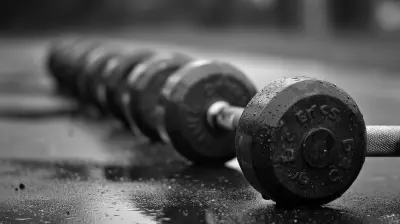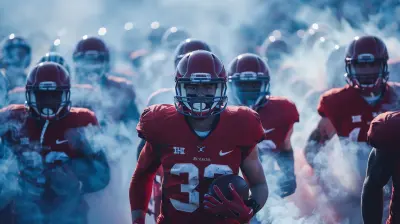Mastering the Deadlift: Form, Function, and Progression
21 May 2025
If you're serious about strength training, you're probably familiar with the deadlift. It's one of those exercises that looks simple but packs a punch when it comes to building raw strength. Yet, despite its straightforward appearance, the deadlift is often misunderstood, misperformed, or even feared by some. But here's the thing: mastering the deadlift can be a game-changer for your entire fitness journey.
In this deep dive, we'll cover everything you need to know about the deadlift. We'll break down its form, discuss its function in your training routine, and give you a roadmap for progression. Whether you're a beginner or someone looking to perfect your lift, this guide is for you. Ready to lift some heavy stuff? Let’s go!
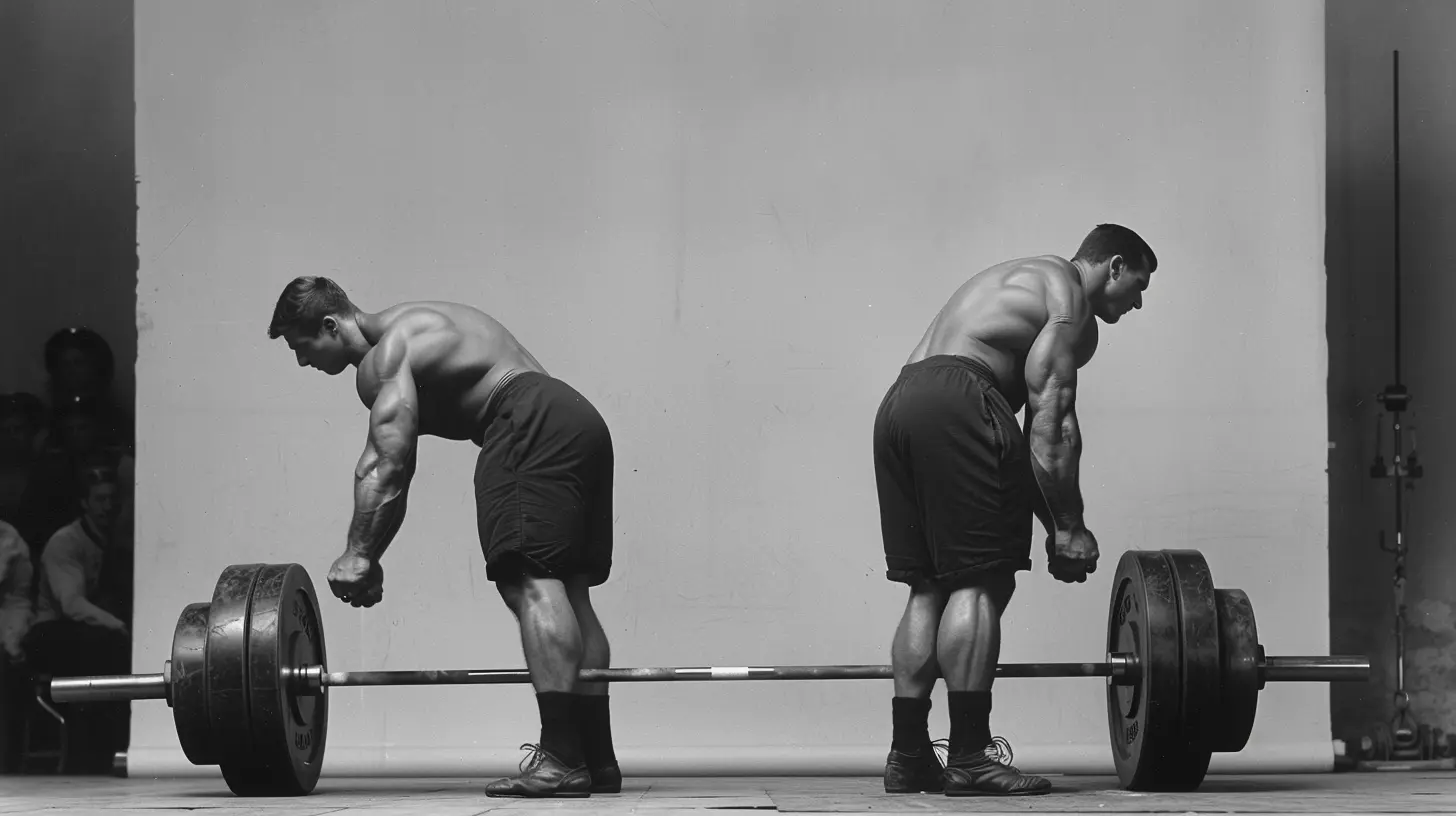
Why the Deadlift is King of Strength Training
Before we get into the nitty-gritty, let’s talk about why the deadlift is so important. Imagine an exercise that works your legs, back, core, and even your grip strength—all at the same time. That’s the deadlift for you.The deadlift is a compound movement, which means it involves multiple muscle groups in one go. Unlike isolation exercises (like bicep curls), compound movements demand more from your body, which translates to more strength gains, better muscle coordination, and increased calorie burn.
But here’s where the deadlift shines: It mimics real-life movements. Think about it. Whether you're picking up groceries, moving furniture, or grabbing your stubborn dog, you're essentially doing a deadlift. Mastering this lift doesn’t just boost your gym stats; it also makes you more functional in everyday life.

Deadlift Basics: Setting the Foundation
1. The Stance
Most people overlook the importance of foot placement, but it’s one of the most crucial aspects of a good deadlift. Your feet should be about hip-width apart, with your toes pointing slightly outward. Think of standing as if you were going to jump. That’s your natural, power-producing stance.2. The Grip
There are a couple of grip styles you can use:- Double Overhand Grip: Both palms face you. This is great for beginners but can limit how much weight you can lift since your grip strength will tire out faster.
- Mixed Grip: One hand is overhand, and the other is underhand. This grip is commonly used by more advanced lifters to help stabilize heavier loads.
- Hook Grip: A more advanced technique where you wrap your thumb around the bar and then grip your thumb with your fingers. It can be painful at first, but it's very secure.
Choose a grip that feels comfortable for you, but know that as you progress, you might want to switch things up.
3. Bar Positioning
Keep the bar as close to your shins as possible without making it uncomfortable. The closer the bar is to your body, the less stress you put on your lower back. At the start, the barbell should be over the middle of your foot, not your toes.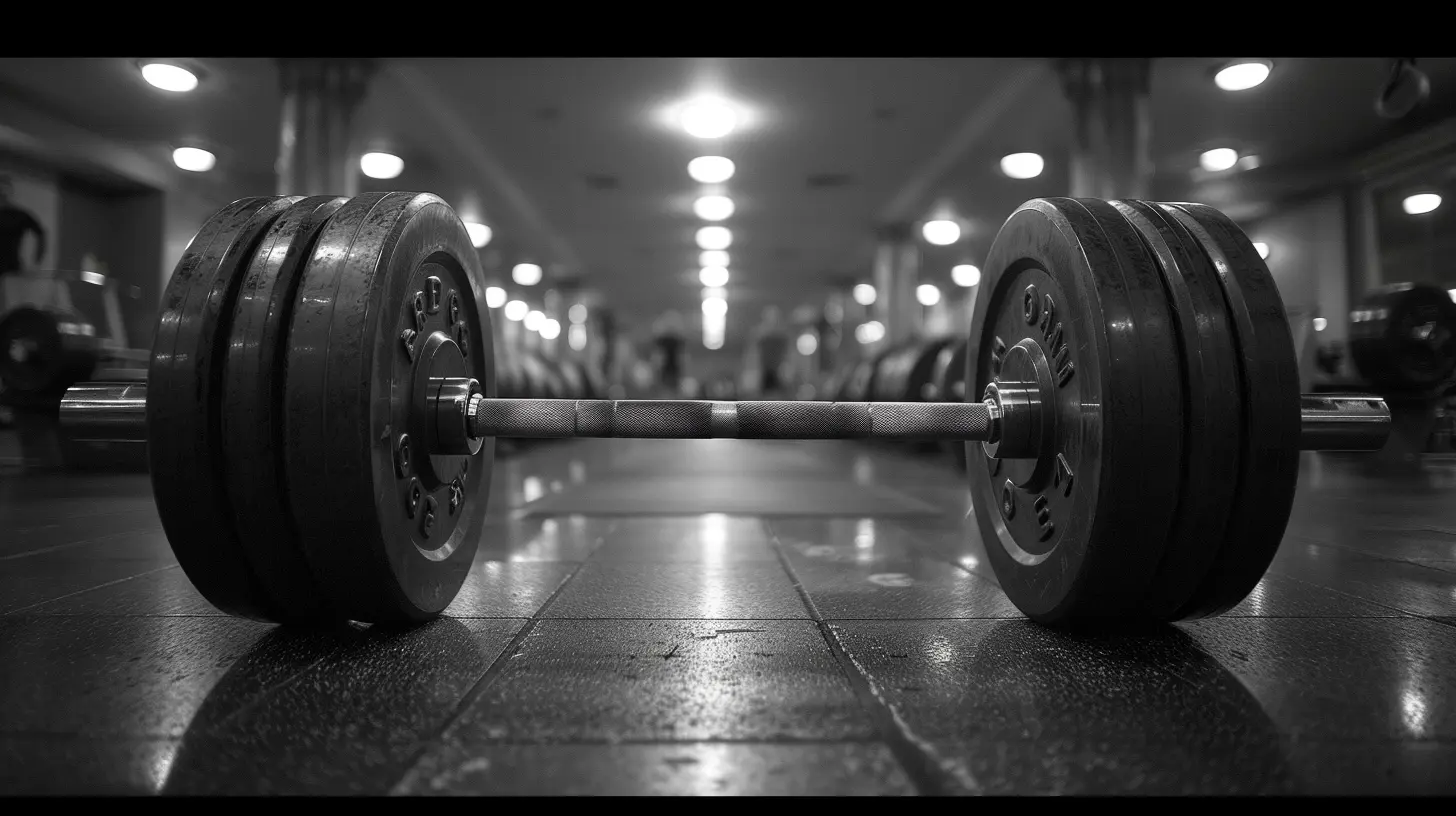
The Deadlift Form: Step-by-Step Breakdown
Getting the form right is where most people stumble. If you're lifting with poor form, you're not only cheating yourself out of gains but also setting yourself up for injury. So, let's break it down, step by step.1. Start with the Hinge, Not the Squat
One of the biggest mistakes beginners make? They squat the deadlift. Look, the deadlift is a hip-dominant movement, meaning you hinge at the hips, not at the knees. The focus should be on pushing your hips back as if you’re closing a car door with your butt.2. Engage Your Lats
Your lats (those big muscles in your back) play a huge role in keeping your spine safe during the movement. Before you even start to lift, think about "packing your shoulders down" and engaging your lats. An easy cue is to imagine trying to bend the barbell as you grip it.3. Brace Your Core
Ever been punched in the stomach? That’s the kind of tension you need to create in your core before lifting. Tighten up! A braced core will protect your spine and help you generate more power.4. Pull the Slack Out of the Bar
Before you actually lift the weight, pull the "slack" out of the bar by applying tension. This means you’re not just yanking the bar off the ground but slowly building tension until you're ready to lift. Think of it like pulling a bowstring back before releasing an arrow.5. Drive Through Your Heels
When you finally lift, think about driving your heels into the ground rather than just pulling the bar up. This will shift the work to your glutes and hamstrings (which is what you want) rather than overloading your lower back.6. Lockout with Hips, Not Back
Once you’ve lifted the bar to about knee height, you’ll need to finish the movement. Here’s where a lot of people mess up. Don't hyperextend your lower back to lock out. Instead, push your hips forward, squeeze your glutes, and stand tall.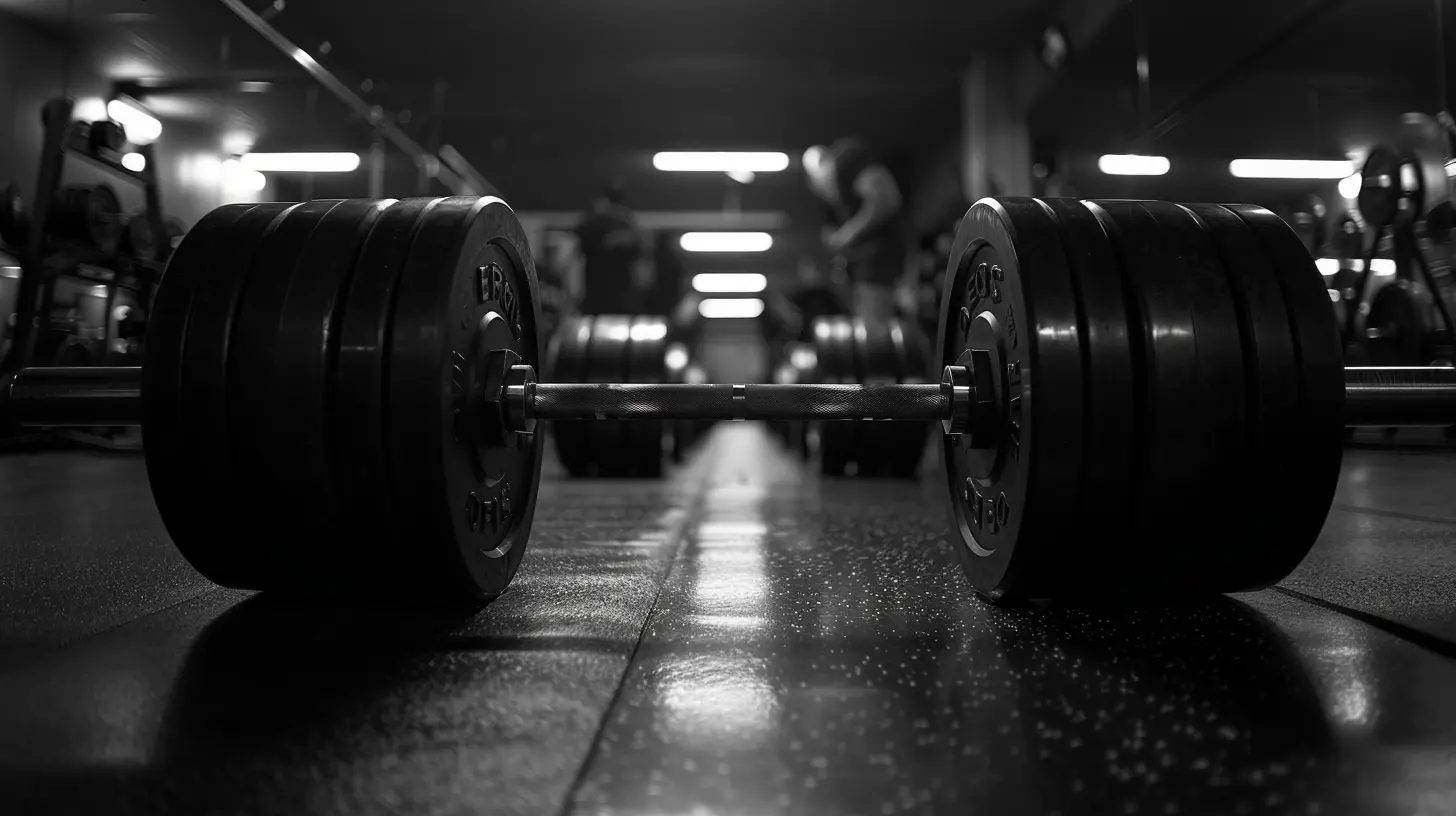
Common Deadlift Mistakes and How to Avoid Them
Even seasoned lifters can fall into bad habits. So, let’s tackle some common deadlift mistakes and how you can avoid them.1. Rounding the Back
This is the classic error. A rounded back puts a ton of stress on your spine and can lead to serious injuries like herniated discs. Solution? Focus on maintaining a neutral spine. If you’re struggling, practice deadlifts with lighter weights until your form is dialed in.2. Lifting with Your Back, Not Your Legs
Another frequent mistake is relying too much on your lower back to lift the weight. This usually happens because people aren't engaging their legs and hips enough. Remember: drive through your legs, not your back.3. Barbell Too Far from the Body
Keeping the bar too far from your body shifts the weight away from your center of gravity, putting unnecessary strain on your back. Always keep the bar as close to your body as possible.Progression: How to Get Stronger at Deadlifting
So, you’ve nailed the form, and you’re ready to move on to the next level. Awesome! But how do you progress in deadlifting safely and effectively?1. Gradual Increase in Weight
This might seem obvious, but it needs to be said: Don’t try to jump from 135 lbs to 315 lbs overnight. Increase the weight gradually by adding small plates to the bar. A 5-10 lb increase per week is a solid goal for most lifters.2. Accessory Exercises
Deadlifting alone isn’t enough to get better at deadlifting. You’ll want to work on strengthening the muscles that contribute to the lift, such as your hamstrings, glutes, and lower back. Exercises like Romanian deadlifts, glute bridges, and hyperextensions can help.3. Focus on Volume and Frequency
If you’re serious about building a bigger deadlift, you’ll need to deadlift more often. Start by incorporating deadlifts into your routine 1-2 times per week, focusing on both heavy sets with low reps and lighter sets with higher reps.4. Try Variations
Don’t be afraid to mix things up. Variations like the sumo deadlift or trap bar deadlift can target different muscles and help you break through plateaus. Plus, they keep things interesting!
Deadlifting for Different Goals: Strength, Hypertrophy, and Fat Loss
The beauty of the deadlift is that it can be tailored to meet different fitness goals. Let’s break it down based on three common goals:1. For Strength
If your primary goal is to build maximal strength, focus on heavy weights and low reps. Sets of 3-5 reps will allow you to lift heavier while still maintaining good form. Rest periods between sets should be around 3-5 minutes to ensure full recovery.2. For Hypertrophy (Muscle Growth)
Want to grow those muscles? Then, you’ll want to work in the 6-12 rep range with moderate weights. This rep scheme provides enough volume to stimulate muscle growth without overloading your joints.3. For Fat Loss
Deadlifts can be a fantastic fat-loss tool because they burn a ton of calories and build muscle, which boosts your metabolism. For fat loss, focus on higher reps (10-15) with lighter weights and shorter rest periods (60-90 seconds).Final Thoughts: Mastering the Deadlift Takes Time
The deadlift is a beast of an exercise, but it’s also one of the most rewarding. Take your time to master the form, and don’t rush progression. Remember, it’s about quality over quantity. And trust me, once you’ve mastered the deadlift, you’ll not only see improvements in your physique and strength but also in your confidence. You’ll feel like a powerhouse, both in and out of the gym.So, are you ready to start deadlifting like a pro? Let's get to work!
all images in this post were generated using AI tools
Category:
Strength TrainingAuthor:

Everett Davis
Discussion
rate this article
3 comments
Kaitlin Duffy
Mastering the deadlift is a journey that transcends mere strength; it embodies precision in form, understanding of biomechanics, and a commitment to progressive overload. Each lift isn’t just a movement; it's a synthesis of mind and muscle, paving the way for holistic physical growth. Embrace the process!
June 10, 2025 at 11:51 AM

Everett Davis
Thank you for highlighting the depth of the deadlift journey! Your insights on precision, biomechanics, and the holistic approach truly capture the essence of mastering this lift. Embracing the process is key to both strength and growth!
Anika Nelson
Great insights on mastering the deadlift! It's such a fundamental lift that not only builds strength but also boosts overall fitness. I love how you broke down the importance of form and progression. Can't wait to implement these tips in my routine—progression is key! Thanks for sharing!
June 2, 2025 at 3:51 AM

Everett Davis
Thank you so much for your feedback! I'm glad you found the tips helpful. Wishing you the best in your deadlift journey—progression really is key!
Presley McVeigh
Great article on deadlift mastery! I appreciate the emphasis on form and progression—it's crucial for avoiding injury and maximizing gains. The tips provided are practical and easy to follow for lifters at any level. Keep up the excellent content!
May 22, 2025 at 4:18 AM

Everett Davis
Thank you for your kind words! I'm glad you found the tips helpful. Happy lifting!

